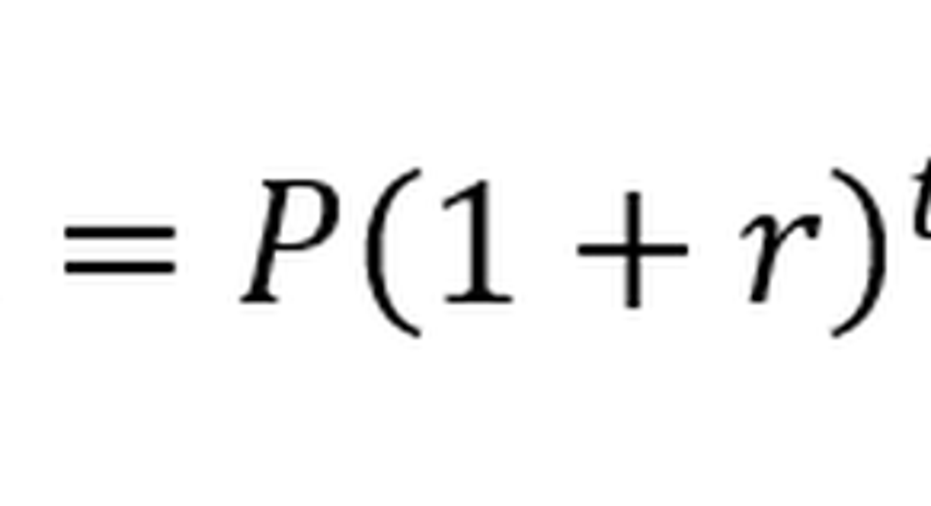What Is Compound Interest?

Compound interest refers to interest that is paid not only on the principal balance, but also on any other interest that has previously accumulated. Compound interest can produce massive investment gains over long period time, and is therefore a concept that every investor should know and understand.
Two kinds of interest
There are two main ways interest can be calculated simple and compound.
As the name implies, simple interest is the easier of the two to calculate. Simple interest means interest is only calculated on the principal balance, so to calculate simple interest, simply multiply your interest rate by the number of years you're considering and your principal balance.
For example, if you buy a bond for $1,000 that pays 5% simple interest for 30 years, you'll receive an interest payment of $50 each year for 30 years, for a total of $1,500 in interest. Simple interest remains the same every year.
Image source: Getty Images.
On the other hand, compound interest means that interest is paid on the principal balance as well as any interest that has previously accumulated.
For example, if you invest $10,000 in a CD at 4% compound interest, you'll receive $400 in interest after the first year, giving you a total account value of $10,400. However, at the end of the second year, interest is calculated as 4% of the new balance, or $416, giving you a balance of $10,816. This process is then repeated in subsequent years.
Calculating compound interest
The formula for calculating compound interest is:
Image source: Author.
In this formula, A refers to the ending amount of money, P is the principal, r is the interest rate expressed as a decimal (so, 5% = 0.05), and t is the amount of time in years.
Better yet, here's a compound interest calculator that can do the math for you:
* Calculator is for estimation purposes only, and is not financial planning or advice. As with any tool, it is only as accurate as the assumptions it makes and the data it has, and should not be relied on as a substitute for a financial advisor or a tax professional.
An example of how compound interest can make investors rich
Using this calculator, let's take a look at a real-world example of what this means to you as an investor. Let's say that you invest $5,000 per year for 30 years in an IRA, and that you invest your money in a S&P 500 index fund, which historically produces returns of 9%-10% per year on average.
So, over 30 years you'll have contributed a total of $150,000 to your account. However, thanks to the mathematics of compound interest, based on a 9% annualized return, your account's value could swell to more than $800,000. If you keep the process up for 40 years, your account would compound to just under $2 million.
Compound interest in the investment principle that can make buy-and-hold investors rich over long periods of time.
The $16,122 Social Security bonus most retirees completely overlook If you're like most Americans, you're a few years (or more) behind on your retirement savings. But a handful of little-known "Social Security secrets" could help ensure a boost in your retirement income. For example: one easy trick could pay you as much as $16,122 more... each year! Once you learn how to maximize your Social Security benefits, we think you could retire confidently with the peace of mind we're all after.Simply click here to discover how to learn more about these strategies.
This article is part of The Motley Fool's Knowledge Center, which was created based on the collected wisdom of a fantastic community of investors. We'd love to hear your questions, thoughts, and opinions on the Knowledge Center in general or this page in particular. Your input will help us help the world invest, better! Email us atknowledgecenter@fool.com. Thanks -- and Fool on!
The Motley Fool has a disclosure policy.



















